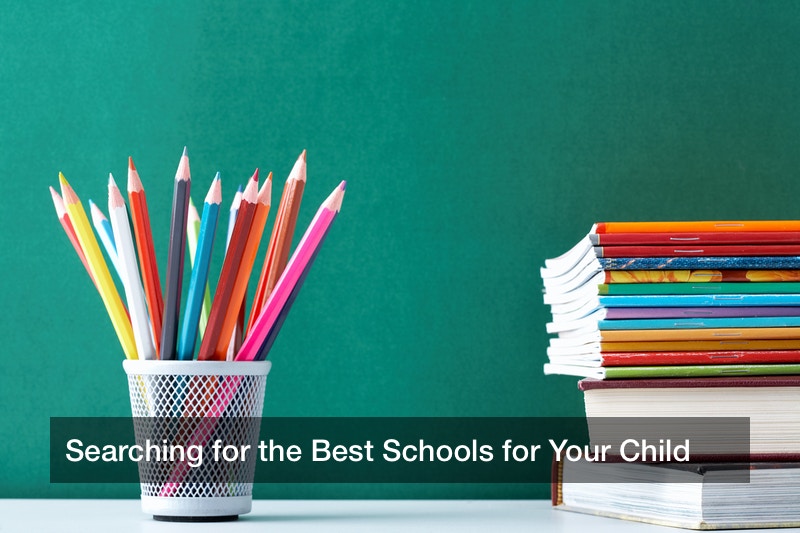
A good education is the key to any child’s future success, so naturally, parents will look for the best public or private schools for their children. This may be done when a family moves to a new area and doesn’t know the schools there yet. Or, parents may look for schools such as preschools when their child first becomes old enough to start their education. While preschool attendance is not mandatory, many parents send their children to the best preschools that they can find, to give their children a head start in their education. Either a public or a private preschool can be found online. And for older children, such as teenagers, finding a good private school in the area may be a good idea. Affluent families who can afford the tuition at a private school may look into this option, and a private school may offer some advantages over public ones.
Find a Good Preschool
Children aged three to five may be sent to preschool, and more American parents than ever before are sending their children to preschool. Attendance rates of preschools among young children has risen from 59% in 1990 to 65% in the early 2010s, and with the Internet, a good preschool may be easily found. When a family moves to a new city or county or when the child first becomes old enough for preschool, the parents may start looking online for one. They may specify that they are looking for private or public preschools in particular, and the parents may include their ZIP code or city/town name to keep the results local. Doing this will result in a whole list of local preschools, and parents may strike out those that aren’t accepting new students, then visit the rest in person.
Parents, and ideally their children too, will visit these preschools to evaluate them. The parents will consult the staff working there to see their credentials and check the school’s funding, as well as check out what sort of programs are offered for the students there. Meanwhile, the child will have a chance to get his or her own impression, and if that child feels at ease in that school and gets along with the staff, taht school may be a promising candidate. In this way, parents may visit a number of preschools until they find one that meets all of their needs, and enroll their child(ren) there.
Finding Middle or High Schools
Attending preschool is not mandatory, but a K-12 education certainly is, and when a family moves, the parents will look for the correct type of school for their child. This may also be done online, and the parents may specify not only their local area for schools, but also whether they are looking for public or private schools. And the child will be old enough to express his or her preferences in a school, and they can describe whether or not they liked a school that they just toured (and why). The student may be looking for a school with a well-funded football or basketball team, for example, or want a school with a debate team or dedicated art programs. Parents may also consult the staff to see their credentials and look into the school’s funding.
Some families may face the choice of whether to send their child to a public or a private elementary, middle, or high school. Public schools are the majority, and they are federally run and funded. By contrast, private schools are privately funded and owned, hence the name, and they often offer superior teachers and counseling staff. Parents who can afford private school tuition may appreciate how their child gets a chance for a stellar education, and these schools often have many extra programs and clubs. What is more, private school teachers report much lower incidence rates of student apathy or a lack of parental involvement than public school teachers do. In particular, private high schools offer a lot of college counseling, more than public ones do, and just over 90% of private high school graduates go on to college. This compares favorably to how 48% of public high school graduates go on to college, something for any parents to consider carefully.

